Prepare to be amazed by the Dragon Blood Tree (Dracaena cinnabari), a botanical marvel exclusive to the Socotra archipelago. This ancient tree, with its crown resembling a majestic umbrella, bleeds a bright red sap reminiscent of fantasy lore. Join us as we delve into its remarkable adaptations for survival in this unique environment, unearth its deep cultural and historical significance, and discover the efforts underway to safeguard its future. Get ready to explore the captivating world of this living legend and its crucial role in the delicate balance of our planet’s ecosystems.
Adapting to Aridity: The Dragon’s Unique Design
The Dragon Blood Tree immediately captivates with its unusual appearance. A thick trunk, often likened to a treasure chest, supports a crown of densely packed leaves that erupt in a spectacular umbrella-like shape. This distinctive form is no accident – it’s a brilliant adaptation for life in Socotra’s arid climate.
The expansive canopy provides essential shade, minimizing water loss through evaporation. Unlike typical trees with spreading branches, the Dragon Blood Tree concentrates its foliage at the top, reducing surface area exposed to the scorching sun and dry winds. This unique architecture allows it to thrive in this challenging environment where few others can.
But the wonders don’t stop there. When the tree’s bark is cut, it releases a vibrant crimson resin historically known as “dragon’s blood.” For centuries, this resin has been a prized commodity, used for everything from traditional medicine and vibrant dyes to pottery glazes and even incense.
Beyond the Blood: Cultural Significance and Conservation
The Dragon Blood Tree is more than just a botanical curiosity; it holds profound cultural importance for the people of Socotra. Symbolizing longevity, strength, and unwavering resilience, this remarkable tree has been intertwined with their lives for generations. Traditional knowledge regarding its uses is carefully passed down, weaving a rich tapestry of culture and nature.
Sadly, this iconic species faces mounting threats from habitat loss, overgrazing, and the escalating pressures of climate change. Thankfully, conservation efforts are underway to protect this remarkable tree and its delicate ecosystem.
Unlocking the Secrets: Scientific Importance
The Dragon Blood Tree isn’t just a pretty face; it possesses immense scientific value as well. Researchers believe it holds vast, untapped potential for breakthroughs in medicine. Studies on its unique resin could lead to new treatments for a variety of ailments.
Beyond its potential in medicine, the Dragon Blood Tree serves as a natural climate change indicator. Its sensitivity to environmental fluctuations provides scientists with valuable data, allowing them to track the subtle yet significant shifts occurring in our world. Furthermore, the tree plays a vital role in bolstering sustainable development through ecotourism. This not only highlights the crucial importance of conservation but also provides essential support for local communities.
The Dragon Blood Tree, with its ancient lineage and captivating adaptations, stands as a powerful reminder of Earth’s awe-inspiring biodiversity. By protecting this living legend, we safeguard a fragment of our planet’s history and ensure its wonders continue to spark curiosity and inspire future generations.
Unlocking the Secrets of the Dragon Blood Tree: Toxicity and More
Is the Dragon Blood Tree Poisonous?
Despite its fierce name, the Dragon Blood Tree (Dracaena cinnabari) is generally considered non-toxic to humans. There are no reports of significant poisoning from this tree. However, like many plants, consuming any part of the Dragon Blood Tree could potentially lead to mild digestive upset. If you suspect ingestion, it’s always best to err on the side of caution and contact Poison Control or consult with a veterinarian for pets.
It’s important to distinguish the Dragon Blood Tree from another species – Croton lechleri, a South American tree that also produces a red resin often referred to as “dragon’s blood.” The resin from Croton lechleri is the source of the medication Crofelema, used in the treatment of diarrhea in AIDS patients. This medicinal “dragon’s blood” has different properties and uses than the resin from Dracaena cinnabari.
What is Dracaena Cinnabari Used For?
For centuries, healers have used the resin from Dracaena cinnabari for a variety of purposes, including:
- Wound Healing: The resin seems to promote faster healing, possibly due to its ability to act as a clotting agent.
- Skin Conditions: Traditional uses include applying the resin topically to treat burns, infections, and ulcers.
- Digestive Issues: Some cultures have used it to address stomach ulcers, diarrhea, and other digestive complaints.
Modern research is beginning to confirm some of these traditional uses:
- Anti-inflammatory and Antioxidant Properties: Studies suggest that the resin does indeed possess anti-inflammatory and antioxidant properties, which could explain its effectiveness in wound healing and skin treatments.
- Anti-cancer Potential: Scientists are currently investigating the resin’s potential in fighting cancer. Some studies have shown promising results in laboratory settings, but more research is needed.
The Dragon Blood Tree exemplifies the incredible ways in which nature provides. While its name might evoke images of mythical creatures and potent potions, its true value lies in its unique beauty, ecological importance, and potential contributions to medicine and science. As we continue to unlock its secrets, it is our responsibility to ensure the survival of this ancient wonder for generations to come.
Cracking the Code: How Many Dragon Blood Trees Are Left?
While pinpointing the exact number of Dragon Blood Trees remaining in the world is challenging, scientists are observing a worrying trend – their numbers appear to be declining, and their ability to bounce back seems to be dwindling. This decline is likely due to several factors:
- Overgrazing: Introduced goats have developed a taste for young Dragon Blood Trees, hindering their ability to grow and replace older trees. This browsing by goats disrupts the natural regeneration cycle of the trees.
- Climate Change: Like many species worldwide, the Dragon Blood Tree is vulnerable to the effects of climate change. Socotra is experiencing increasingly unpredictable weather patterns and prolonged droughts, which stress the trees and impact their ability to produce seeds. This decline in seed production poses a serious threat to the long-term survival of the species.
- Habitat Loss: While not as pronounced a threat as overgrazing and climate change, habitat loss due to human activities does play a role. As humans expand their footprint on the islands, even limited development can fragment Dragon Blood Tree populations, isolating them and making it harder for them to share resources and maintain genetic diversity.
Conservation Efforts: A Glimmer of Hope
Despite these challenges, there is hope for the Dragon Blood Tree. Conservationists and local communities are working tirelessly to protect these ancient giants. Their efforts focus on a multi-pronged approach:
- Sustainable Grazing Management: Initiatives are being implemented to control goat populations and their grazing habits, giving young Dragon Blood Trees a chance to mature.
- Community-Based Conservation: Recognizing the deep cultural significance of the Dragon Blood Tree, conservation efforts are increasingly incorporating the knowledge and practices of local communities. This includes promoting sustainable harvesting practices for the valuable resin.
- Reforestation Programs: Planting new trees is crucial for boosting the overall population and ensuring the long-term health of the species.
The Dragon Blood Tree’s fate hangs in the balance, but through dedicated conservation efforts and global awareness, there’s hope for its survival. By supporting sustainable practices, advocating for its protection, and appreciating its unique beauty, we can all contribute to ensuring these magnificent trees grace our planet for millennia to come.
Internal Links:
Embark on an ornithological adventure and discover the unique characteristics of the curved bill thrasher bird, a captivating species renowned for its distinctive beak.
Unravel the secrets of the fascinating dung beetle ark, a remarkable vessel that carries vital insects across vast distances, ensuring the survival of ecosystems.
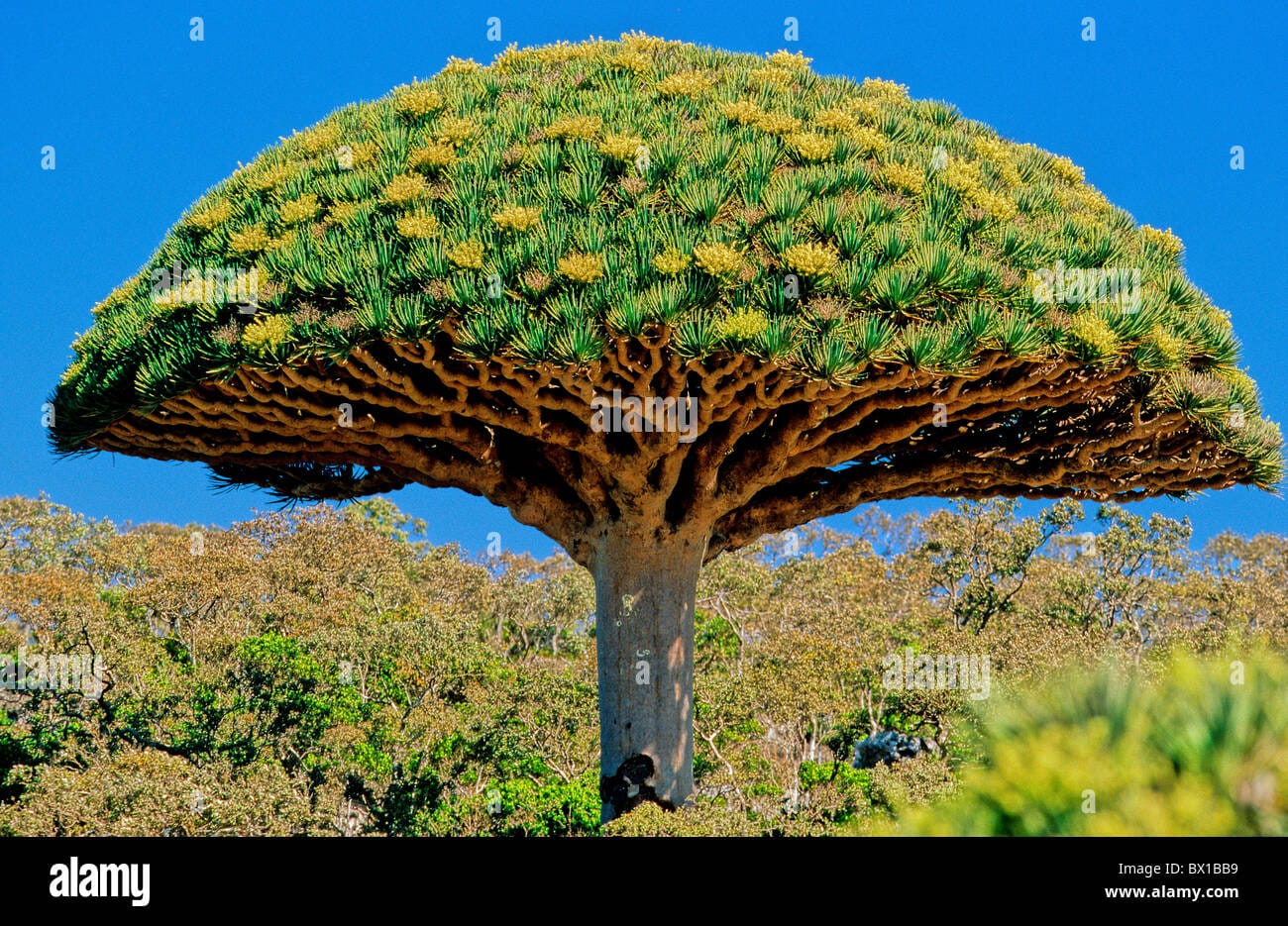
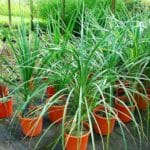
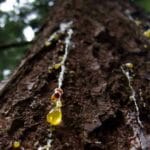
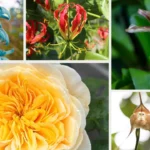
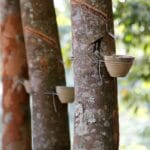












1 thought on “Dracaena Cinnabari: Unlocking the Secrets of Socotra’s Dragon Blood Tree”
Comments are closed.